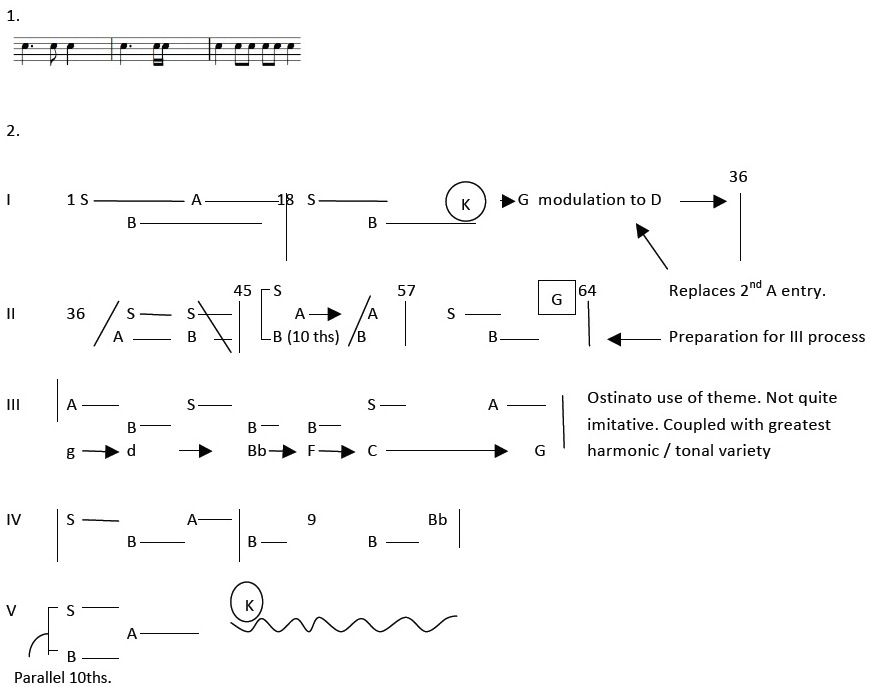| Source title | Fantasia del author. |
|---|---|
| Title in contents | Fantasia que se sigue. |
| Text incipit |

Music
Category abstract
Genre fantasia
Fantasia type ImP
Mode 1
Voices 3
Length (compases) 123
Vihuela
Tuning D
Courses 6
Final V/0
Highest I/9
Lowest VI/3
Difficulty not specified
Tempo not specified
Song Text
Language
Vocal notation
Commentary
Polythematic. 5 sections: 5 themes. Subtle work with considerable polyphonic variety. It has continuous movement throughout with few points of repose. It is technically quite demanding for an “easy” work i.e. Lib I. Tonality is a strong cohesive force, as are a number of small motives that pervade across the sectional divisions: [see below 1.] These are brought out in the Coda (episode V)
The work divides into 4 approximately equal time periods, the last of which is further halved to incorporate a coda. Episodes: I (1-36) — II (35-64) — III (63-90) — IV (90-107) + V (107-123).
The variety of procedures used affirms the composer’s presumed consciousness of the work’s overall form. Episode by episode:
I. Quite regular and broad
II. more compressed theme and denser texture as if a 4, finishing with Fuenllana’s typical device of parallel 10ths (free) + counter melody, third part prepares for III.
III. Ostinato or non-canonic theme – variety.
IV a) regular, b) bass ostinato modulating to B-flat. K (V) then gets underway. Parallel 10ths (theme & harmonization). The use of the ostinato process creates a variant of Fuenllana’s usual formula.
Note
• the symmetry & regularity of section & sub-section divisions.
• the prominence of the descending 3rd as the most important melodic interval, and the closer identity of individual themes.
